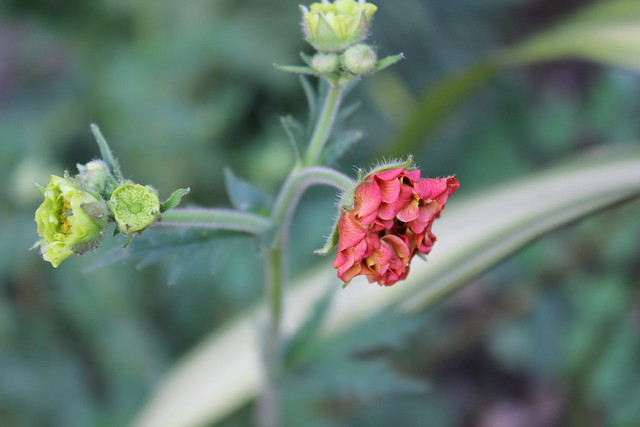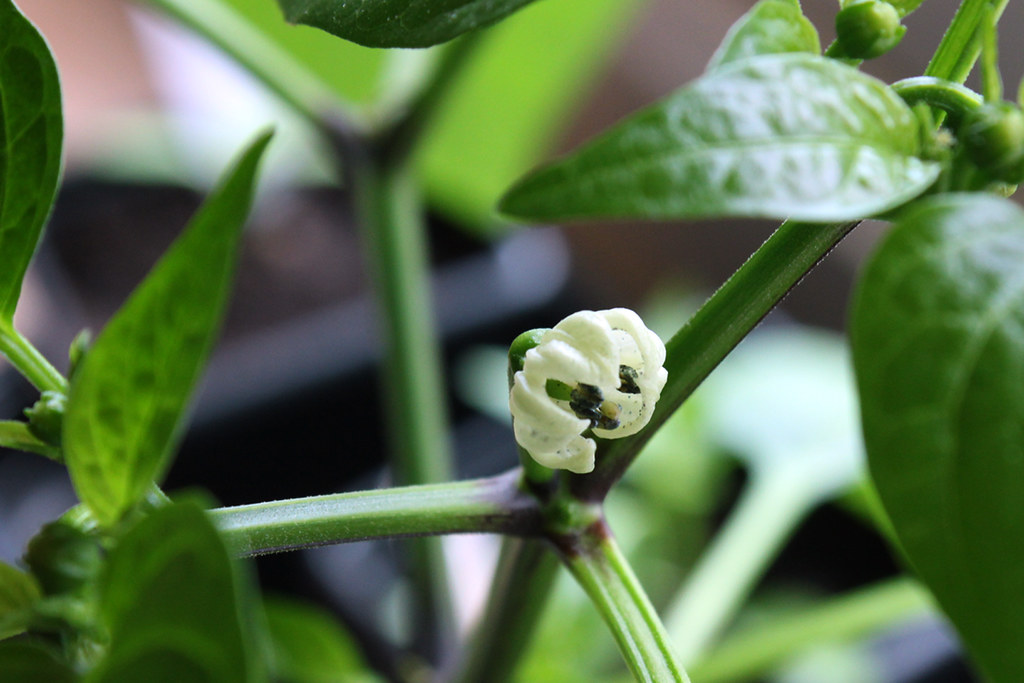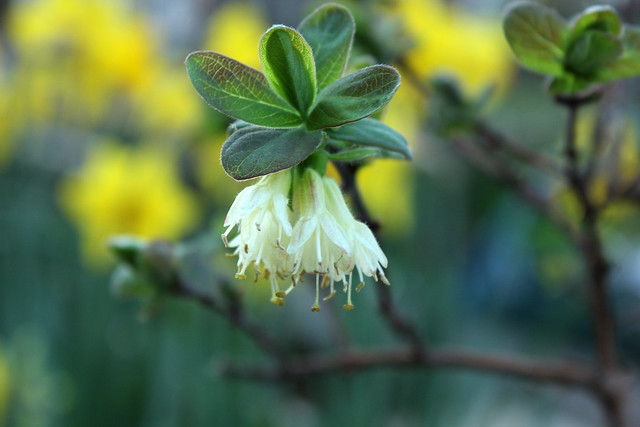 |
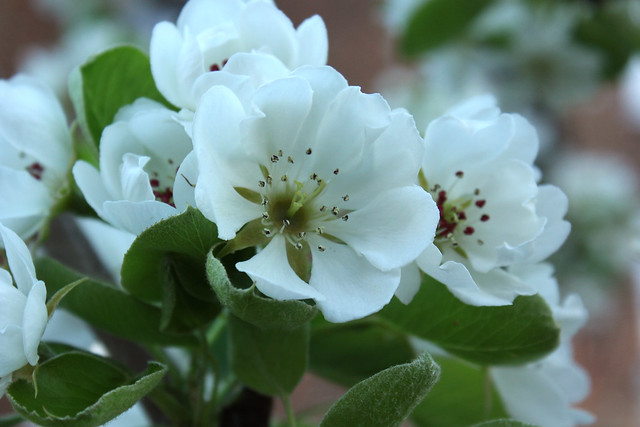
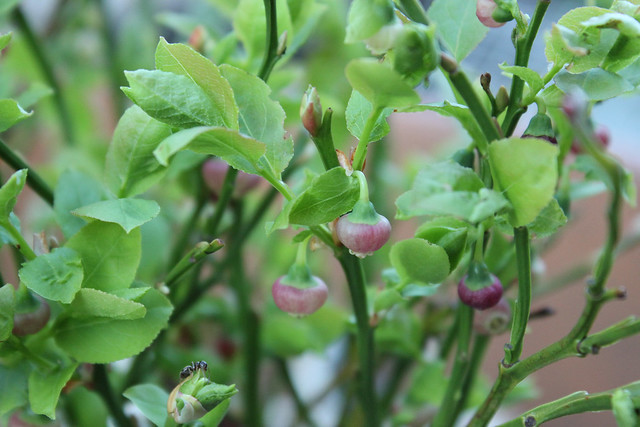 |
| Photos from late April: Honeyberry blossom, pear blossom, blueberry buds. |
I make no apologies for my absence here on the written page because, yet again, the gardening year has pounced before I'm completely ready. One blog post a month? Shame on me! Still, all in a good cause - both the veg patch and the new 'middle garden' (so-called as it's bang-slap in the middle of the flats where I live) have both been dominating my time out of work hours, right up until the sun sets in the evening - but only on the evenings when I have the energy to garden after working a 10 hour day.
I thought the hard work in the veg patch was over and done last year when I fenced around it to keep cats and foxes out. But, with me, there's always another good idea lurking - which is not to say that good ideas and the time available are necessarily compatible. That said, this spring I've reworked the veg patch: a perennial flower border has been created plus a new run of Polka raspberries; old rotten raised beds have been chucked out and replaced (with some neighbourly help) with scaffold board edging. The herbs have been dug up and replanted together into one area and a dozen or so Rosemary Beetles have met a terrifying early death under my boot. I'll spare you the view of the carnage. (By the way, keep an eye out for these pests because they'll swiftly decimate not only rosemary but also lavender and sage. I've previously written about them here.)
The above mentioned fencing project of last year is, by necessity, back on the agenda as the idea was sound but some of the bamboo canes weren't up to the task and have bent. I blame small children leaning in to reach for the raspberries. Anyway, a nice chap up the road donated four tall tree stakes when he heard about the garden and these will be used as replacement corner posts. One is in already as I had a chance to dig deep into a corner when I put up the trellis for my sweet peas a couple of weeks ago. The others will have to wait as excavating London clay is no laughing matter for my back.
Despite all this (and more), there have been many evenings and weekends when my first love has had to give way to the usurper - the middle garden. The vision for this garden is to bring it back to life as a welcoming space to relax in, preferably with dozens of flowers-for-cutting among nectar rich shrubs and perennials. I know what I want but it will take a long time to get there - no quick three week Chelsea build for me!
After lots of staring at the garden from my second floor window, I realised that until I cleared the extensive ivy and hugely overgrown hedges, it would be impossible to realise the garden's potential. 17 large bags of garden waste, a pile of brick rubble and 7 huge mounds of hedge prunings later, I feel we're getting somewhere. (As luck would have it, a neighbour is also enthused about the idea and her gardening talents have been well deployed.) There will be more details in my next post but at last I can now measure the garden so I can start planning! It's taken quite a few long days over many weekends during which time the veg patch has had to make do with just an evening or two of weeding.
There's two lessons that have come out of this - one, never ever plant ivy in a small garden unless you have time to maintain it and, two, weeding is probably the most important task to keep on top of in the garden. A bit like painting the Forth Bridge but, nevertheless, essential.
Back soon ... hope you're all enjoying the Chelsea Flower Show, in person or on tv. You'll notice that I didn't go this year as I stupidly missed the deadline for both tickets and a press pass. Duh.

